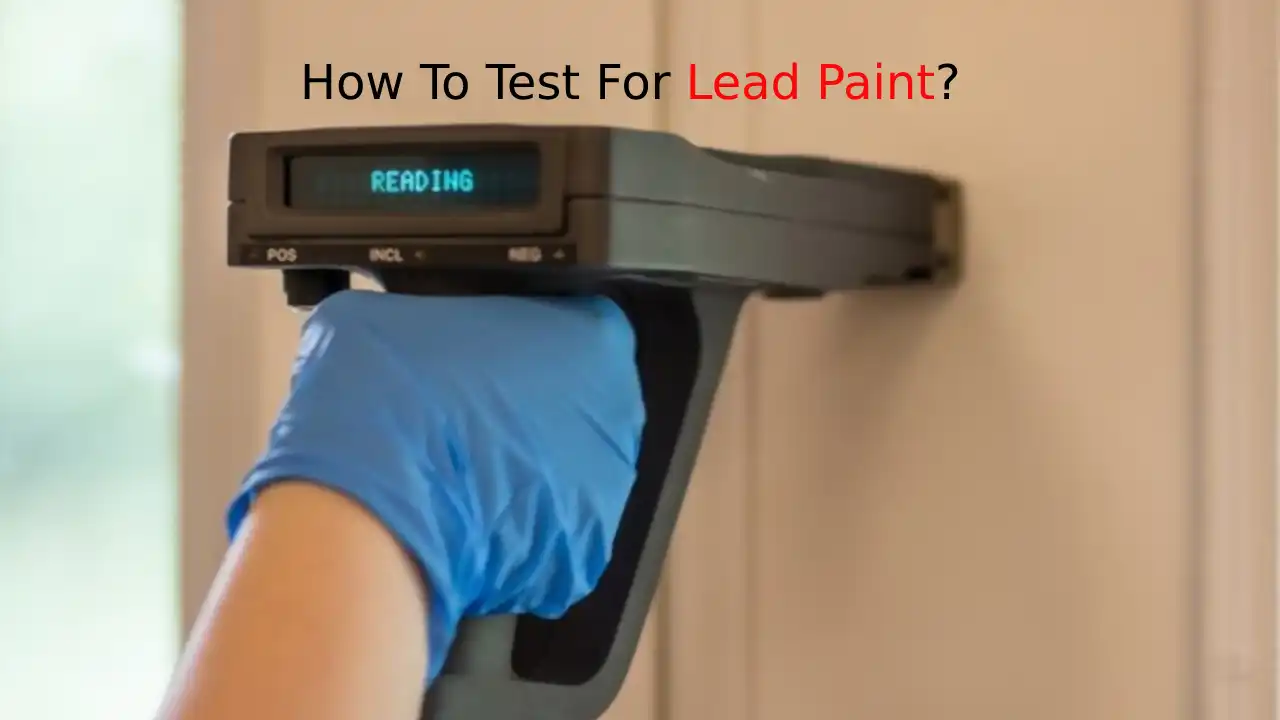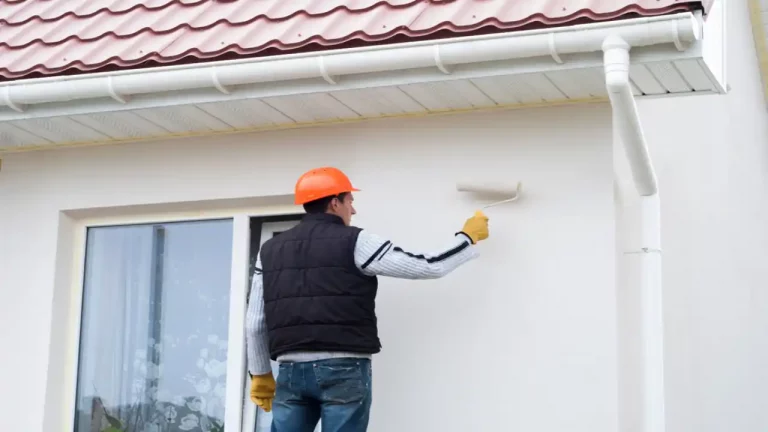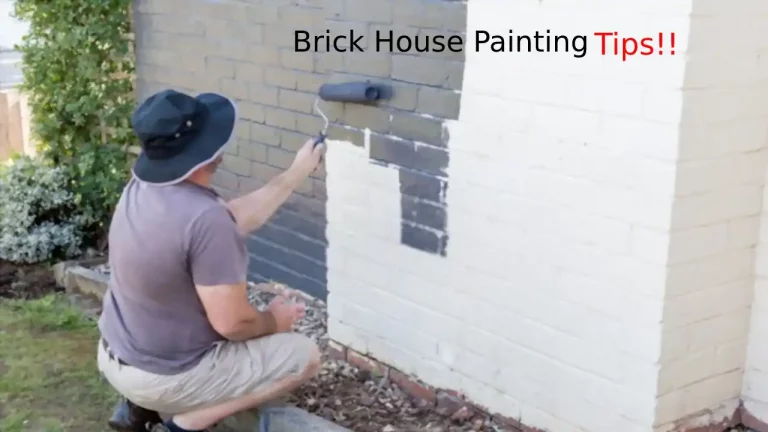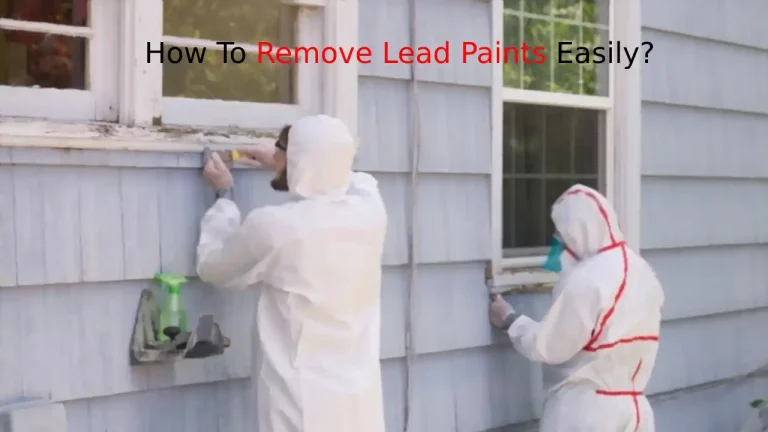It’s scary to think that there’s something in your walls that could be hazardous to your health. With no warning signs, you can find yourself at the doctor’s office because of wall paint.
Most homes built before 1978 are likely to contain lead paint. So, before you move into a new place or start renovating, you should check for lead paint.
There are a few ways to deal with lead paint, but first, you need to know if you have it. Let’s take a look at how to test for lead paint and how you can deal with it if you find it.
Is Lead Paint Dangerous?
We’ve all heard that lead paint is dangerous. So, why do we use it in paint?
Lead used to be a staple in making paint. They used to add it to increase paint durability and make dry time faster. Different compounds of lead could also add pigment to paint.
It wasn’t until 1979 that people found out how bad lead paint can be for you, even at very small levels of exposure!
When it deteriorates, lead paint can be dangerous. As soon as your paint starts to crack or peel, it releases lead dust.
Lead is a toxic metal that can cause many health issues, especially in children and people with compromised immunities.
Some of the early symptoms of lead poisoning include:
- Nausea
- Headaches
- Fatigue or irritability
- Stomachaches
- Loss of appetite
- Insomnia
These can be just the warning signs. Lead poisoning can damage most of your vital organs, like the brain and kidneys. In some extreme cases, it could lead to death.
The main issue is that you might not even know you have lead in your system before any symptoms show.
Because the particles of lead dust are so small, they can enter your body in many ways. You could inhale or ingest it without even knowing. Your skin can even absorb it.
If you think you have any symptoms of lead poisoning, contact your doctor immediately.
How to Test for Lead Paint?
In order to deal with it properly, you have to be able to identify where the lead is coming from. Since the particles are too small to see with the naked eye, you have two options:
1. Professional Laboratory Testing and Analysis
Hiring a laboratory that will send specialists to test your home. This is the most reliable way to make sure that your house is free of any lead paint contamination. It can be quite pricey, but it’s the safest way for you and your family.
2. At-Home Test Kits
You can buy lead paint test kits at your local hardware store or home center. They can give you accurate results, but you have to follow the instructions carefully.
Be careful when choosing a test kit, as the U.S. Environmental Protection Agency (EPA) has established standards for lead test kits.
Only three kits meet these standards, and they are:
- D-Lead Test
- 3M LeadCheck
- The Commonwealth of Massachusetts’ lead test kit
All three tests can detect the presence of lead paint on plaster and drywall. However, you can also use the D-Lead and 3M tests on wood and alloys that contain iron.
Regardless of the one you choose, the EPA recommends a certified renovator carry out the test. This is to make sure that it’s as accurate as possible and to minimize your exposure to lead.
Running the Test
If you decide to do the tests yourself, make sure to take special precautions.
First off, cover the floor around the area you’re testing. You can use plastic bags or just normal washcloths.
The work area should also be well-ventilated, but not windy. Avoid any air blowing around the area to stop lead dust from spreading.
After you’ve prepared the work area, here are the steps you need to follow:
Step 1: Prepping the Surface
You want to start with a clean surface. Follow the cleaning instructions on the test kit package.
How you proceed depends on the type of surface you’re testing. For drywall and plaster, cut a ¼ inch semicircle into the wall to expose the plaster underneath.
If the surface you’re testing only has a couple of paint coats, you can scrape some of it off with a knife. Make sure you scratch all paint layers.
Step 2: Testing the Paint
Each kit is a little different, but you mainly get two chemicals. When you mix them, they can detect lead.
Mix the chemicals according to the instructions, then apply a generous amount of the mixture to the surface you’re testing. Make sure you get it on all paint layers.
Rub the mixture in for about 20-30 seconds. If a color change occurs, then lead is present in the paint. Repeat the test a couple of times to get an accurate result.
Step 3: Dealing With a Positive Test
If you do get a positive test, don’t panic. The first thing that you want to do is make sure you don’t scrape or chip the contaminated paint. Any friction can cause lead particles to release into the air.
Wear gloves, goggles, and a mask when dealing with lead paint. To be safe, it’s also advised that you wear protective clothing.
From there, you can start off by cleaning the surface with a wet towel. Don’t lay the towel on furniture or the floor and wrap it up in plastic before you throw it out.
The easiest way to safely deal with lead paint is to paint over it. We call this ‘encapsulation.’ The EPA considers covering lead-based paint with another layer of paint safe.
There are a few guidelines you have to follow:
- Don’t sand or scrape the surface
- Use special paints called encapsulants. They are thicker than regular paints.
- Don’t spread dust around from the worksite
Painting might not be an option if the surface is under constant friction, like floors and door frames. The only way to completely remove lead paint is to hire an EPA licensed contractor.
Wrapping Up
If you find yourself wondering how to test for lead paint, there are a couple of ways to do it. The easiest and safest way is to hire a licensed contractor.
However, if you want to test it yourself, you can buy test kits at your local hardware store. Follow the instructions on the kit very carefully to get an accurate result. Wear gloves and masks when using any of the kits.
Finding lead paint can be scary, but there are ways to deal with it. The fastest solution is to paint a layer of encapsulation on top. But if you want it handled properly, it’s always a good idea to call in a professional.







